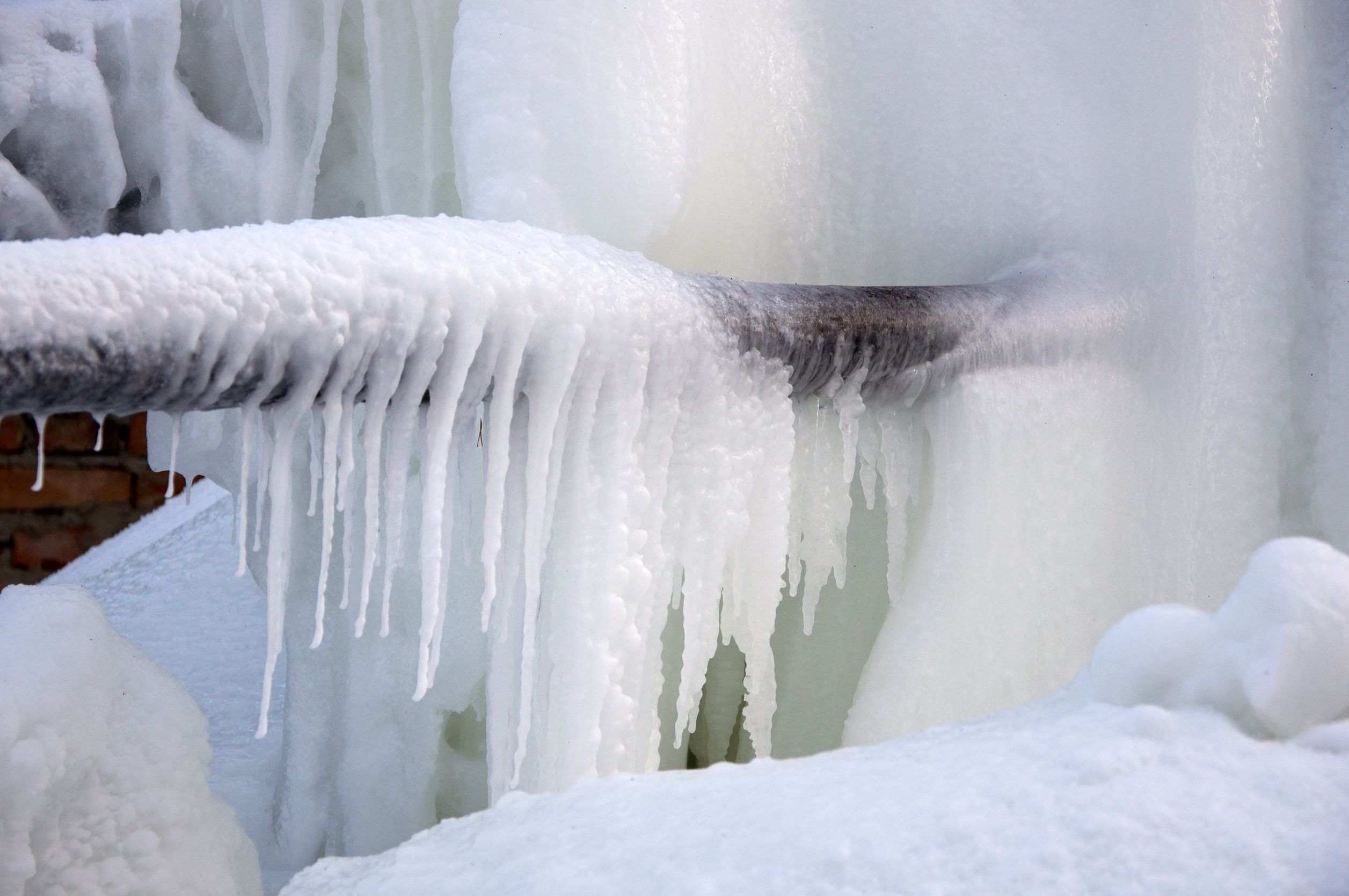Important Tips for Avoiding Frozen Plumbing in Winter Seasons
Important Tips for Avoiding Frozen Plumbing in Winter Seasons
Blog Article
What're your ideas concerning How To Avoid Freezing Pipes?
:strip_icc()/snow-outdoor-faucet-pipes-4af65d1e5e904fb1aa7bf74071fe5d89.jpg)
Cold weather can damage your pipes, especially by freezing pipes. Right here's just how to avoid it from occurring and what to do if it does.
Introduction
As temperatures drop, the risk of icy pipes increases, potentially causing pricey repairs and water damage. Comprehending exactly how to stop frozen pipelines is critical for house owners in chilly environments.
Recognizing Frozen Pipelines
What creates pipes to ice up?
Pipelines ice up when subjected to temperature levels below 32 ° F (0 ° C) for prolonged durations. As water inside the pipes freezes, it expands, taxing the pipe wall surfaces and possibly causing them to break.
Dangers and problems
Icy pipelines can cause supply of water disturbances, home damages, and pricey repairs. Ruptured pipes can flooding homes and trigger comprehensive architectural damages.
Signs of Frozen Pipeline
Recognizing icy pipelines early can avoid them from bursting.
Just how to recognize frozen pipes
Search for lowered water circulation from taps, uncommon odors or noises from pipes, and visible frost on subjected pipelines.
Avoidance Tips
Shielding at risk pipes
Wrap pipelines in insulation sleeves or make use of heat tape to protect them from freezing temperatures. Concentrate on pipes in unheated or outside locations of the home.
Heating strategies
Keep interior areas sufficiently heated up, specifically areas with plumbing. Open up cabinet doors to permit cozy air to flow around pipelines under sinks.
Safeguarding Outdoor Pipes
Yard pipes and outdoor taps
Separate and drain pipes yard hoses before winter months. Install frost-proof spigots or cover outdoor taps with shielded caps.
What to Do If Your Pipes Freeze
Immediate activities to take
If you suspect icy pipelines, maintain faucets open up to alleviate stress as the ice melts. Utilize a hairdryer or towels taken in hot water to thaw pipelines gradually.
Long-Term Solutions
Structural modifications
Think about rerouting pipes away from exterior wall surfaces or unheated locations. Add additional insulation to attic rooms, basements, and crawl spaces.
Upgrading insulation
Buy top notch insulation for pipelines, attic rooms, and walls. Correct insulation aids maintain regular temperatures and reduces the threat of icy pipelines.
Final thought
Preventing icy pipelines calls for positive procedures and fast responses. By understanding the causes, signs, and preventive measures, house owners can shield their pipes during winter.
5 Ways to Prevent Frozen Pipes
Drain Outdoor Faucets and Disconnect Hoses
First, close the shut-off valve that controls the flow of water in the pipe to your outdoor faucet. Then, head outside to disconnect and drain your hose and open the outdoor faucet to allow the water to completely drain out of the line. Turn off the faucet when done. Finally, head back to the shut-off valve and drain the remaining water inside the pipe into a bucket or container. Additionally, if you have a home irrigation system, you should consider hiring an expert to clear the system of water each year.
Insulate Pipes
One of the best and most cost-effective methods for preventing frozen water pipes is to wrap your pipes with insulation. This is especially important for areas in your home that aren’t exposed to heat, such as an attic. We suggest using foam sleeves, which can typically be found at your local hardware store.
Keep Heat Running at 65
Your pipes are located inside your walls, and the temperature there is much colder than the rest of the house. To prevent your pipes from freezing, The Insurance Information Institute suggests that you keep your home heated to at least 65 degrees, even when traveling. You may want to invest in smart devices that can keep an eye on the temperature in your home while you’re away.
Leave Water Dripping
Moving water — even a small trickle — can prevent ice from forming inside your pipes. When freezing temps are imminent, start a drip of water from all faucets that serve exposed pipes. Leaving a few faucets running will also help relieve pressure inside the pipes and help prevent a rupture if the water inside freezes.
Open Cupboard Doors
Warm your kitchen and bathroom pipes by opening cupboards and vanities. You should also leave your interior doors ajar to help warm air circulate evenly throughout your home.

As a devoted person who reads about Helpful Tips to Prevent Frozen Pipes this Winter, I was thinking sharing that article was a smart idea. Sharing is good. Helping people is fun. I praise you for being here. Return soon.
Find Out More Report this page